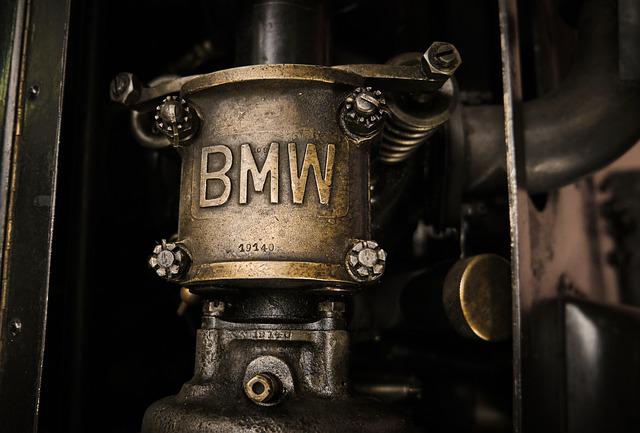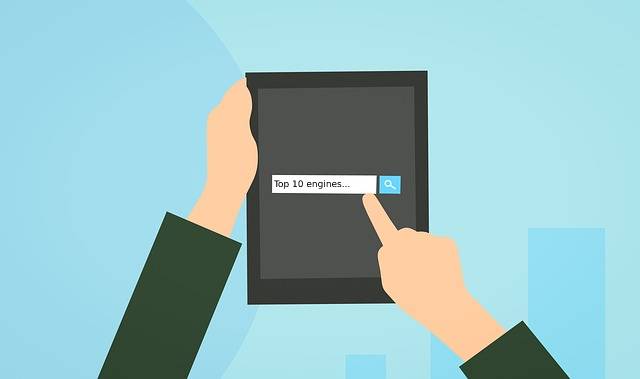Car Transmission Issues: The Importance of Visual Inspection for Leaks and Damage
Find Used Engines and Transmissions for a Great Price! Live Assistant For Used Engines Call 1800-518-9776

Like any mechanical system, your car’s transmission is extremely susceptible to wear and tear over time. Detecting transmission issues early can save you from costly repairs and prevent unexpected breakdowns on the road. One of the most effective ways to achieve this is through regular visual inspections. Read on to know a step-by-step guide to carry out a visual inspection without any hassle.
Why is Visual Inspection important to detect transmission issues?
Conducting a visual inspection allows vehicle owners or mechanics to identify visible signs of trouble, such as fluid leaks, external damage, loose connections, and worn components. By spotting transmission fluid leaks, which are often indicated by reddish stains under the car or around the transmission case, one can prevent fluid loss and subsequent damage to the transmission.
Additionally, a thorough visual inspection can reveal external damage, like cracks or dents on the transmission casing, that might compromise its integrity. Loose or disconnected transmission lines can also be identified during inspection, helping to prevent fluid flow issues and overheating. Moreover, a visual inspection allows for the early detection of worn or broken components, which, when addressed promptly, can prevent more significant problems and costly repairs. Regular visual inspections not only contribute to the overall health and longevity of the transmission but also ensure a safer and more reliable driving experience.
Step-by-Step Instructions to carry out a Visual Inspection:
1. Prepare Your Vehicle:
-
Park your car on a flat, level surface and engage the parking brake to ensure the vehicle remains stationary during the inspection.
-
Turn off the engine and allow the car to cool down to avoid contact with hot surfaces.
2. Locate the Transmission:
-
Refer to your vehicle's owner's manual to find the location of the transmission. In most cars, it is situated between the engine and the driveshaft or near the centre of the vehicle's undercarriage.
3. Check for Leaks:
-
Inspect the area around the transmission for any signs of fluid leaks. Transmission fluid is typically red or reddish-brown in colour.
-
Look under the car for puddles or drips of fluid, which might indicate a leak.
4. Examine the Transmission Case:
-
Begin visually inspecting the transmission case for any visible damage, such as cracks, dents, or signs of impact.
-
Pay attention to the seals and gaskets on the transmission case, as they can be a common source of leaks.
5. Inspect Connections and Hoses:
-
Ensure all transmission lines, hoses, and connections are securely attached and free from any signs of wear or damage.
-
Check for loose fittings or clamps, which can cause fluid leaks and affect transmission performance.
6. Verify the Fluid Level:
-
Locate the transmission dipstick in automatic transmission) or plug (manual transmission) under the hood.
-
Pull out the dipstick or remove the plug and check the fluid level. The fluid level should be within the recommended range.
7. Inspect the Transmission Mounts:
-
Look for the transmission mounts, which secure the transmission to the vehicle's frame.
-
Check for any signs of damage or excessive wear in the mounts, as they can affect the stability of the transmission.
8. Observe for Unusual Sounds or Odours:
-
During the inspection, listen for any unusual sounds coming from the transmission area, such as whining or grinding noises.
-
Also, pay attention to any unusual smells, as burnt transmission fluid can produce a distinct odour.
9. Take Notes and Document Findings:
-
As you conduct the visual inspection, take notes of any issues or findings you observe.
-
Document any leaks, damages, loose connections, or abnormal sounds to aid in further assessment or discussions with a professional mechanic.
Conclusion
By following this step-by-step guide, you can keep your transmission in its optimised condition. By identifying visible signs of trouble such as fluid leaks, external damage, loose connections, and worn components, you can prevent minor issues from escalating into costly and potentially hazardous problems.
Here at Used Engines Inc, we hold the best used transmissions for sale with warranty and free shipping. If you are tired of back-to-back transmission repairs and never-ending mechanic bills, go for a used transmission. Contact us now!
related
You May Also Like

Which BMW Has the Most Horsepower?
A car is useless if it doesn’t have good horsepower. Just imagine driving your car with sluggish acceleration and it drags on the road whenever you take it for a spin.
Read Article
10 Best Engines Made So Far By Top Engine Manufacturers
Over the years, the car industry has seen major changes. Car engines have become smarter and it looks like every new engine that rolls out is better than the other.
Read Article
How to Make Your Car Last Forever?
Isn’t it lovely when a new car works the way you want? The gears shift smoothly and the wheels roll without dragging against the road. But as your car gets older, you’ll notice that it doesn’t drive smoothly, has lower fuel mileage, and overheats easily.
Read Article